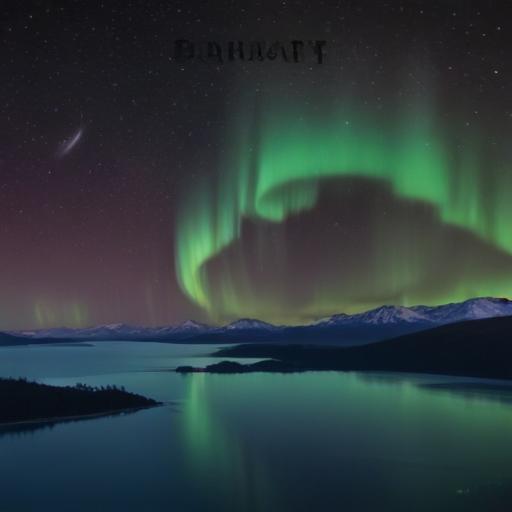Auroras may light up skies from Alaska to Washington as a fast-moving solar wind could trigger geomagnetic storm conditions overnight
A fast stream of solar wind, driven by a large Earth-facing coronal hole, may spark minor geomagnetic storm conditions and light up the night sky with the northern lights. Forecasters from NOAA’s Space Weather Prediction Center and the UK Met Office say there’s a real chance of aurora activity tonight, with potential enhancements in the days ahead. A CME could also graze Earth around Aug. 19–20, adding to the chance of visible displays.
What’s driving the activity
– A sizable coronal hole on the sun is currently facing Earth, unleashing a high-speed solar wind toward our planet. Coronal holes are open regions in the sun’s magnetic field that allow solar wind to escape more easily.
– The accompanying fast solar wind could buffet Earth’s magnetic field, creating the possibility of minor geomagnetic storm conditions.
– In addition, a coronal mass ejection (CME) may graze Earth around Aug. 19–20, with NOAA models indicating a glancing blow could arrive on Aug. 20. This combination keeps aurora chances alive overnight.
Timings to watch
– Forecasters expect the Kp index to hover around 3.7 today, with a potential peak near Kp 5 on Aug. 20, signaling a minor geomagnetic storm (G1) level. The peak is forecast for roughly 11 a.m. to 5 p.m. Eastern Time (1500–2100 GMT).
– Even though the strongest activity is expected during daylight in the United States and Europe, isolated periods of G1-level conditions could occur throughout Aug. 19 and 20, so overnight viewing remains possible if conditions hold or intensify.
Where you might see the northern lights tonight
Based on NOAA’s updated aurora forecast map, the following 10 U.S. states could see the northern lights either fully or partially, depending on skies and local conditions:
Alaska, North Dakota, Montana, Minnesota, Wisconsin, Michigan, Maine, South Dakota, Idaho, Washington
Tips for a better view
– Find a dark location far from city lights and give yourself a north-facing view with a clear horizon.
– The best time to look is around midnight to 2 a.m. local time, but keep an eye on the sky as auroras can appear in waves and may show up earlier or later.
– Clear skies and low light pollution will boost your chances; a bit of patience can pay off as auroras can start faint and strengthen.
What this means in plain terms
– The sun’s current activity, through the fast solar wind from a coronal hole and a possible CME grazing Earth, keeps the door open for overnight auroras across the northern states. If you’re hopeful about catching a glimpse, this is a night to stake out a dark spot and look northward.
Summary
A combination of a fast solar wind from a strong coronal hole and the potential for a grazing CME could produce overnight aurora displays from Alaska down to Washington, with the best chance of a visible show in clear, dark skies around midnight. Even if the strongest activity occurs during daylight, small, scattered aurora sightings remain possible tonight and into the next day.
Observational note
If you’re out tonight hoping for a sighting, stay updated with the latest forecasts from NOAA’s Space Weather Prediction Center and the UK Met Office, as conditions can shift rapidly with solar activity.
